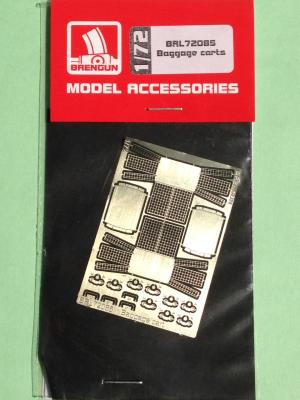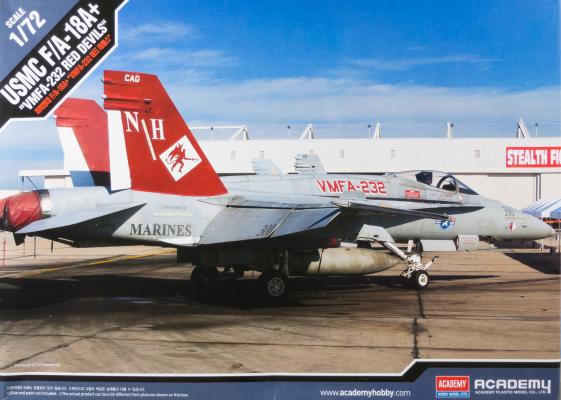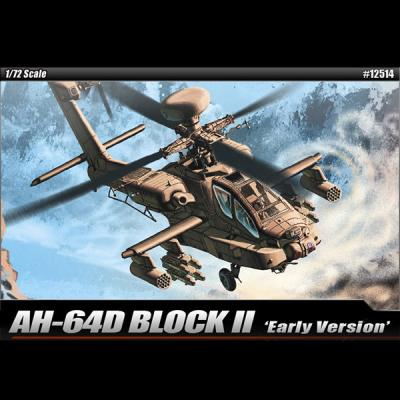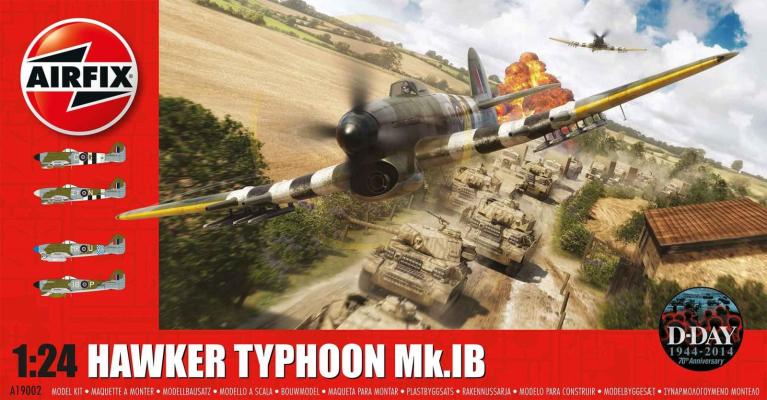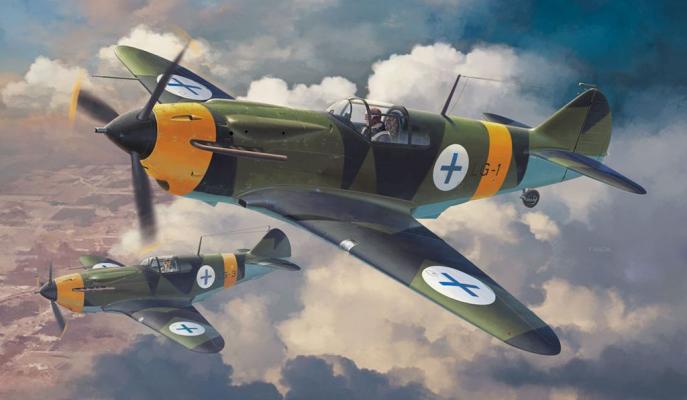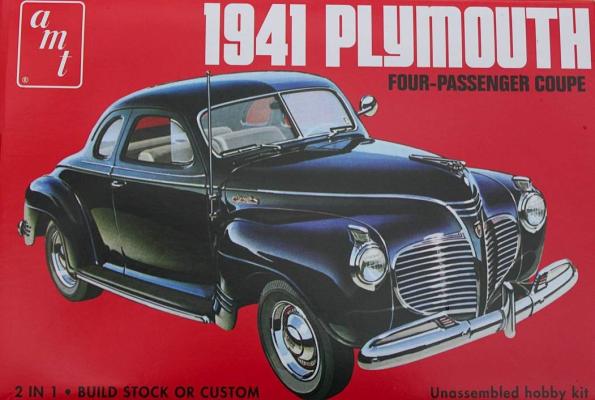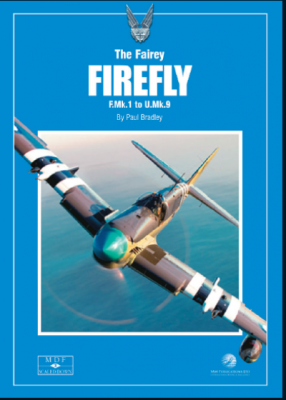This set provides 2 wire baggage carts presumably for 1/72 airliners or cargo aircraft (there is no history included with the kit) in a single fret of photo etch. The wire baskets are very well engineered, and with car fold up nicely to form a basket about ½ inch tall that is open on one side and at the top. The basket is attached to a base once you have folded over the edges of the base. There are also 4 photo-etched casters for each cart that require you to make two folds in each to represent 2 wheels on each caster and circular base for each caster. The completed casters are then superglued to the bottom of the base of the cart. The final touch is to add to photo-etched handles to each cart. I painted my carts aluminum to give me the maximum flexibility of how to use them, and I think they would look cool next to a C-54, a C-47 or possibly an early airliner to show some scale.
Reviews
Scale Aircraft Modelling's August 2015 issue continues its fine history and modelling articles with everything from new kits, scratchbuilds and older kits.
The articles start with an Academy 1/48 F-4J Phantom built by Bill Clark. He adds Hypersonic Models canopy set and Quickboost resin seats to build an RAF Phantom in a unique turquoise scheme. The finished build looks great.
Andy McCabe builds Revell's 1/144 747-8F in Cargolux markings. The kit is built on a stand with an excellent paint job. Airliners and cargo planes never seem to get enough attention and this is a wonderful article covering just such a subject.
Meng Models 1/72 Kayaba Katsuodori Ramjet fighter is built by Mike Williams. Not only does he do an excellent review of the kit, he fits it to a modified Ki-67 turned into a Ki-109.
Academy has a quality line of 1/72 scale aircraft, and they have recently begun to release several reboxings of these kits with special decals. Their latest special edition covers a USMC F/A-18A+ Hornet from VFMA-232, the Red Devils. The F/A-18A+ Hornet is an A-model that has had an avionics upgrade, primarily consisting of the addition of the AN/APG-73 radar. For the front-line Marine aircraft, so-called “bird slicer” IFF antennas are also found on nose of the A+, forward of the cockpit. Beyond the A+ parts, A-model Hornets also feature prominent reinforcement plates along the inside of each vertical stabilizer.
Aircraft and History
The AH-64 was developed for the Advanced Attack Helicopter back in the mid 1970’s and was to replace the AH-1 Cobra. First flown in 1975 and introduced into the US Army in 1986, the aircraft had many upgrades since then it’s introduction. The “D” version or “Longbow” increased the helicopters lethality and situational awareness. The most noticeable addition to the Delta model is a mast mounted radar located above the main rotor. With the radar above the rotor, it allows the Apache to detect targets while remaining behind cover. The main rotor shaft is hollow which allows a fixed shaft to extend through the hollow rotor which allows the attachment of the radar. Other enhancements include a “glass” cockpit, advanced sensors and upgraded engines. Most if not all of the “A” model Apaches have been converted to “D” model standards.
Back in 1978 I was one of many in the TV room in Langford Hall at Montana State University waiting for a new TV series that was trying to capitalize on a surprisingly successful Space Opera that had opened the previous year. That TV show was Battlestar Galactica and while it only lasted one season it gave us new ships which Monogram released as models.
Fast forward to 2003 (skipping that thing in 1980) and we got a new, gritty miniseries with a new take on the old show. This one was a hit and lead to a regular series running from 2004 through 2009.
Down the home stretch! Last time we had just completed the wings, fuselage, nose and wheel-wells, leaving just the final assembly and finish for this last segment of this three-part review. To recall: I chose to display only the starboard wing’s gun bay and starboard engine detail, and to cover up the lower front end encompassing the oil cooler/air intake.
Continuing with Assembly
Before painting commenced I had some loose ends that needed tying off, starting with…
Cockpit and Canopy - (Step 211) There was a prominent sink hole on the top of the small dash board under the rear of the canopy (Part L19) that I filled with Perfect Plastic Putty before painting it Tamiya XF-69 NATO Black.
(Step 205) I painted the trim wheel and bump cushion Vallejo Panzer Aces 312 Leather Belt, and then drybrushed it with Mig P023 Black Smoke. I then drybrushed both internal structures with Uschi 4008 Chrome.
Hasegawa has been re-boxing some kits from different manufactures lately and that is not a bad thing at all. That way you get a chance to acquire a kit that otherwise would be out of production or be difficult to find.
This boxing of Hasegawa is actually a re-box of the ICM Lagg-3. Down to the point that the packing bags are of the resalable kind (ICM standard) and there is even a sticker in the bag that says “Made in Ukraine”.
The Finnish Air Force during War World Two was perhaps the most eclectic Air Force of them all. They not only pressed into service any airframe they could get their hands on, they also had airplanes from almost any country in their inventory: American, British, Italian, German, French, and even Russian!
This kit is typical of ICM, with a little bit of a pebble texture in their plastic and low part count.
This is a Level 2 kit and contains 105 pieces of which you will use 91. There are two different front spoilers and two rear bumpers, three different rear spoilers, and four different sets of wheels included. All of these pieces are molded in white, chrome and clear plastic.
I built this kit in sub assemblies to ease painting. The engine is well done and consists of approximately 10 parts. The main chasis is one piece except for the firewall. The molded in engine bay detail is very well done. The interior consists of about 13 parts plus a decal for the instrument cluster. I don’t know that the Type R had a different interior than a base model, but this one appears to be a standard setup. No racing seats, gauge clusters, etc. There are few suspension pieces and a three piece exhaust on the bottom.
History
Billed as the low priced car that's most like the high priced cars…the 1941 Plymouth offered Big 3 buyers an attractive, soundly engineered and thoroughly modern automobile. The Special Deluxe Four Passenger Coupe is a prime example of Chrysler Corporations emphasis on low priced luxury. Priced at $925 it featured a longer wheelbase that its competitors for a big car ride; front stabilizer bar; safety rim wheels; oil bath air cleaners, aircraft type shock absorbers; and a smooth running 201.3 cubic inch L head six cylinder engine with Chryslers famous Floating Power mountings. Introduced in 1928, Plymouth built a solid reputation for comfort and value, playing down performance until the horsepower race of the 1050s. With growing collector interest in prewar Chrysler products, the 1941 Plymouth has become a highly desirable milestone Mayflower.
Years ago when I got back into plastic modeling in a serious sort of way, I saw the 1/72 Airfix kit of the Fairey Firefly on a hobby store shelf and was taken by the box art of this big bird. Of course I bought it. I confess after all these years, it’s still on my shelf but with the arrival of this book authored by Paul Bradley, I’ve been inspired to put it on my short list. Along with the other two kits of the aircraft I have.
Teaming up with artist Srecko Bradic, Paul’s put together a 96-page tome covering all the details, variants, and history one could hope for on any one aircraft. Sharp photos---most in color---plus 34 color profiles from Bradic populate the pages. The author also provides a modeler’s section covering three 1/72 Firefly builds, one 1/48 scale one, plus two pages of “Kitography” listing all the available kits as well as aftermarket decal sheets.

